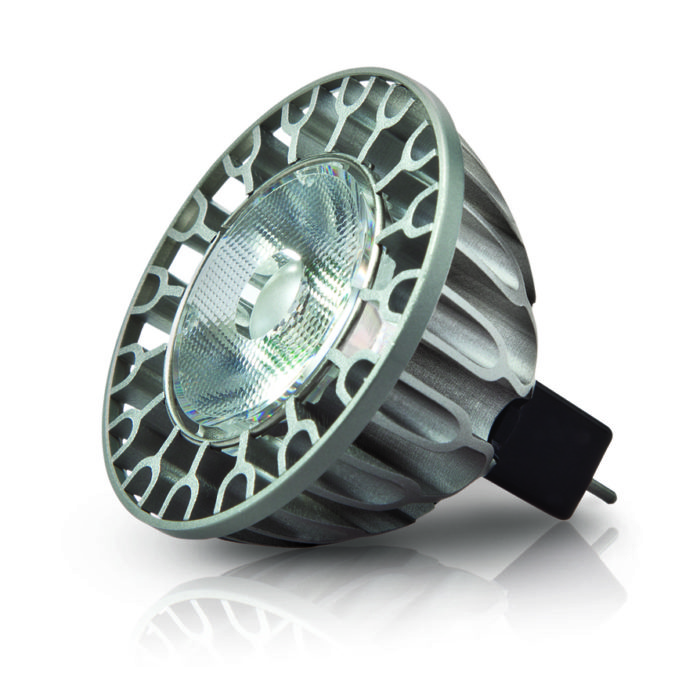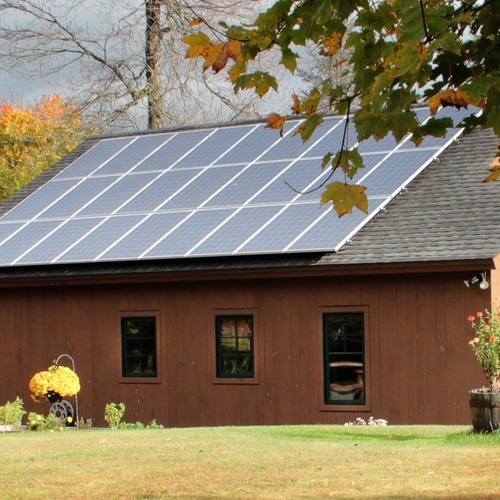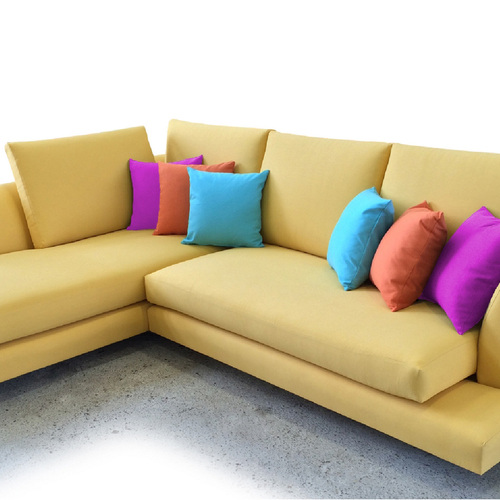Image Credit: Soraa
Image Credit: Soraa A more versatile inverter. Grid-tied photovoltaic systems are typically unable to supply electricity when utility power fails. This new inverter from SMA America, however, supplies an outlet with 1,500 watts of electricity, enough to charge a laptop or cell phone.
Image Credit: SMA America
BuildingGreen has posted its choices for the most innovative green products of the last 12 months, a list that includes products for both commercial and residential construction.
“The products we’re recognizing this year are remarkable in their diversity and innovation,” said Alex Wilson, founder of BuildingGreen, in a press release announcing the choices. “We are thrilled to call attention to these products, which are helping to create more sustainable, greener buildings throughout North America.”
The winners will be presented at the U.S. Green Building Council’s Greenbuild convention Nov. 21 in Philadelphia. The award winners are picked by BuildingGreen editors from the hundreds of products reviewed in the past year.
This year’s list includes a mix of product types, from dimensional stone manufactured from waste to a retrofit façade system for commercial buildings that incorporates high-performance windows, insulation and cladding.
Here’s a sampling of this year’s Top Ten products.
Mineral wool board insulation
Roxul’s ComfortBoard, a semi-rigid mineral wool board insulation, made the list on the strength of its high pre-consumer recycled content and low toxicity. It’s intended for residential and commercial use over exterior sheathing.
Alex Wilson wrote a GBA blog about ComfortBoard in May 2013.
ComfortBoard comes in two densities — 8 lb. per cubic foot (pcf) in the residential version and 11 pcf in the commercial product. BuildingGreen said its density makes it rigid enough to be used on the outside of a building as an affordable alternative to foam plastic insulation. BuildingGreen editors also liked ComfortBoard for its sound-absorption qualities and fire resistance without the use of flame retardants. Even when damp, it’s still a good insulator (R-4 to 4.2 per inch), so it can be used behind a rainscreen assembly on exterior walls.
The primary material used in ComfortBoard is iron ore slag. It’s produced with a urea-extended phenol formaldehyde binder, but BuildingGreen said heat processing drives off most of the formaldehyde during production, “resulting in extremely low emissions.”
A better light bulb
Soraa’s Vivid MR-16 is a light-emitting diode (LED) assembly that produces a “full spectrum” light rivaling that of halogens. According to the manufacturer, the bulbs reach a 65-watt halogen equivalent output with 75% less energy. They also operate at much lower temperatures, and LEDs last much longer than other types of light bulbs.
The color rendering index, a measure of how accurately light shows colors, is as high as 95 on a 100-point scale, and the lamps are available in three beam angles: 14, 25, and 36 degrees.
Vivid LEDs are manufactured somewhat differently from other LEDs on the market to produce a full spectrum of light. Lamps cost $32.
Improved inverter for photovoltaic systems
BuildingGreen calls the Sunny Boy inverters from SMA America “revolutionary” because they can provide power from grid-tied photovoltaic systems during a power outage. That’s not the case with conventional inverters; most grid-tied PV arrays can’t power so much as a single light bulb when utility power isn’t available.
Alex Wilson wrote a GBA blog about the new Sunny Boy inverter in August 2013.
The Sunny Boy inverters can switch from interactive operation to providing power to a dedicated outlet, delivering 1500 watts of electricity. That’s not enough to run a big appliance, BuildingGreen said, but it would be enough to charge a cell phone or laptop computer, and that might be just enough to make a difference in an emergency.
Weekly Newsletter
Get building science and energy efficiency advice, plus special offers, in your inbox.















One Comment
This company is deserving to
This company is deserving to get the acknowledgement and credits, as this is not only providing quality service but it's brand name stands in giving better living. This reminds me of the workshops that I have been into at http://eatmywords.com/services/workshops, they teach use the proper business management and branding towards quality management..
Log in or create an account to post a comment.
Sign up Log in